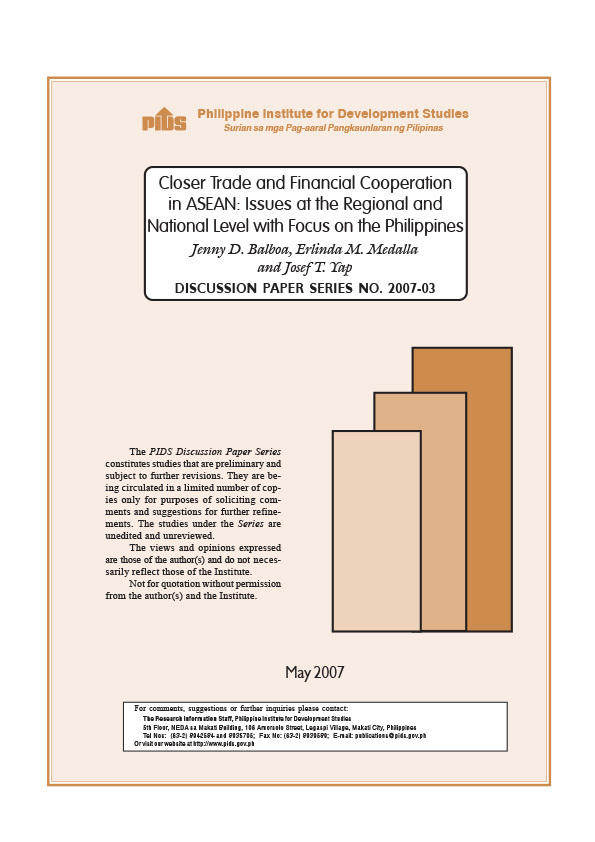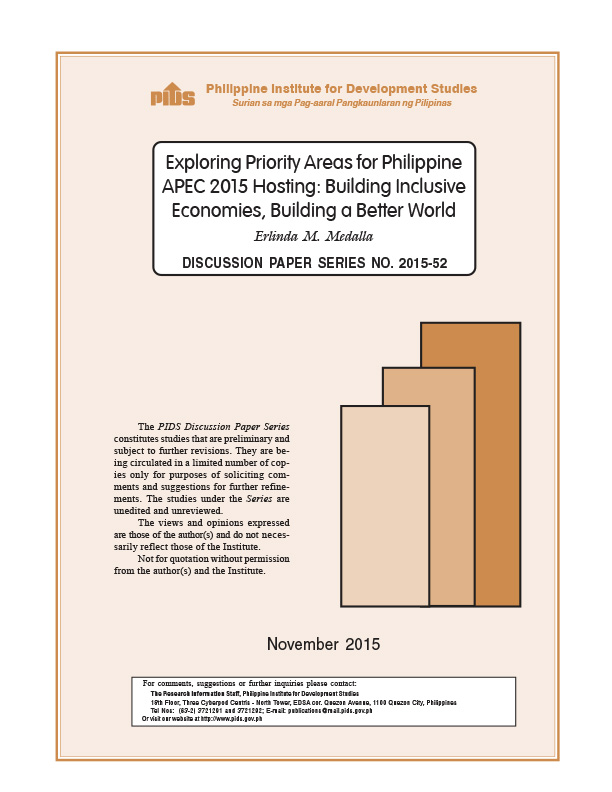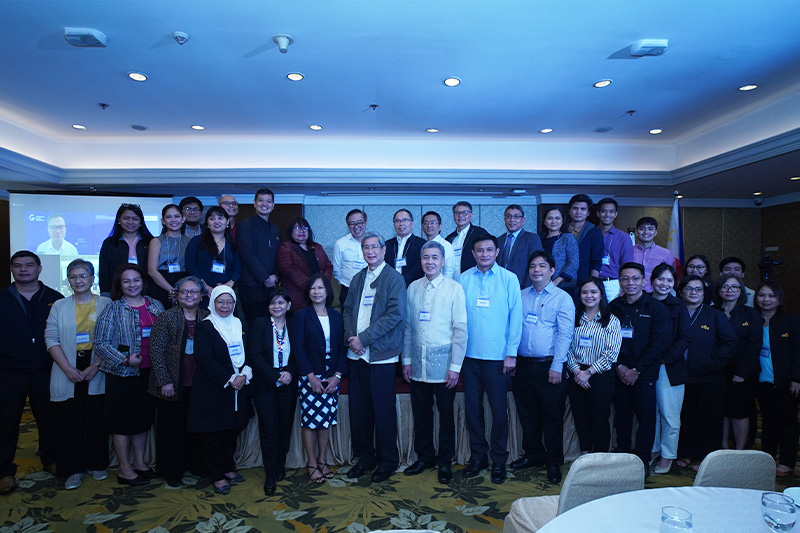Trade and financial policies in ASEAN-member countries have contributed to the goal of economic integration. One important feature of this process is the need to narrow the development gap in the region in order to make economic integration more effective and meaningful. This paper examines the Philippine experience with economic reform, particularly in its attempt to integrate with ASEAN. The Philippines simplified its tariff structure and reduced tariffs in accordance with the CEPT Scheme. Monetary and financial reform—particularly adopting the inflation targeting framework—and fiscal consolidation were undertaken to strengthen the financial system and address the fiscal deficit. These efforts also facilitate regional monetary cooperation and integration. However, the Philippines continues to lag behind the larger ASEAN economies particularly with respect to reducing poverty incidence. The Philippine experience has shown the importance of having economic reform supported by strategies to enhance good governance and strengthen institutions.













